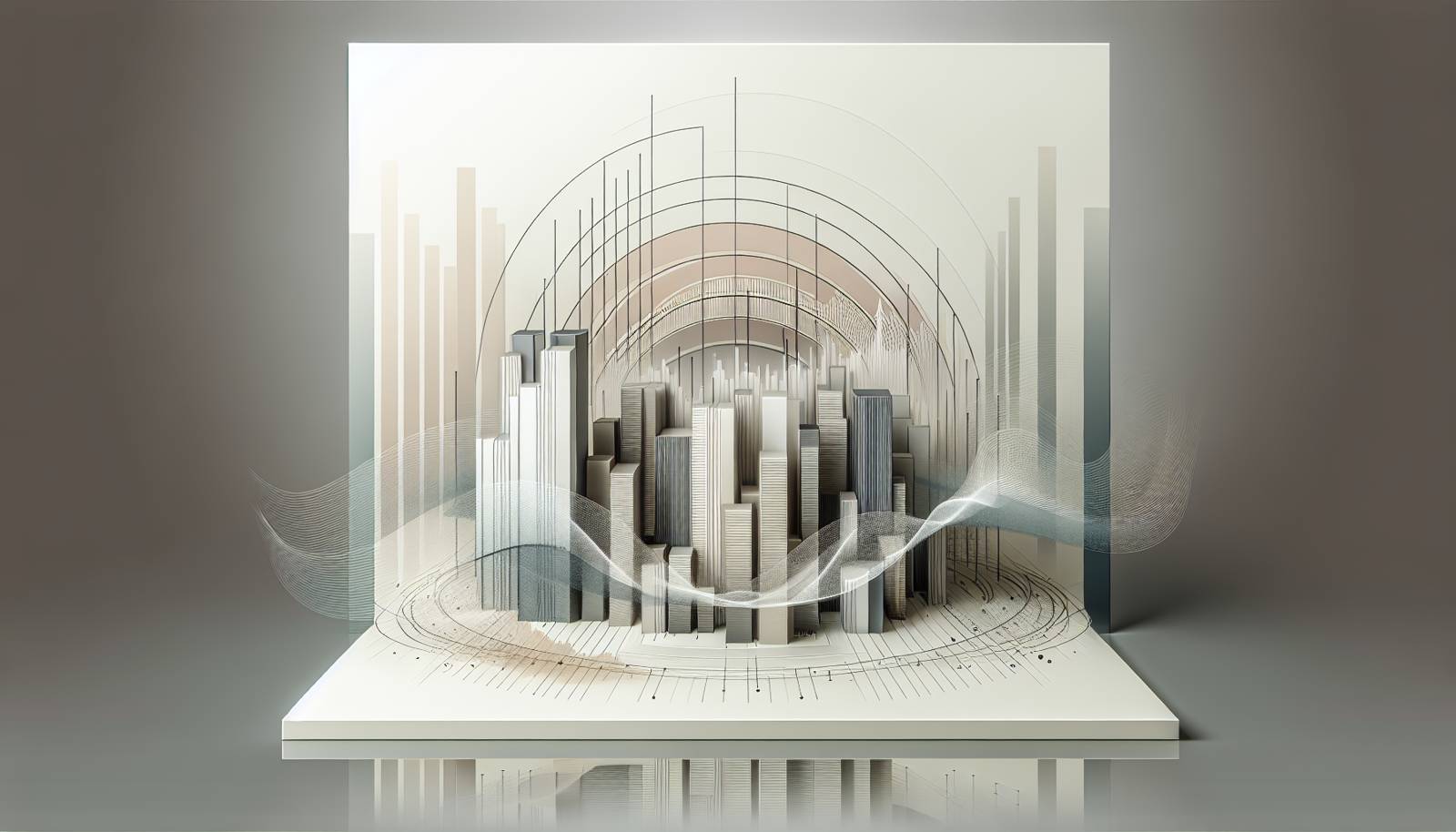
FAQ About The Role of Sound Installation Art in Contemporary Spaces

What is sound installation art?
Sound installation art is an interdisciplinary art form that combines sound and environment to create an immersive auditory experience. It typically involves using various acoustical or electronic means to create soundscapes in a specific space, allowing viewers to engage with the environment in a unique manner. These installations might include ambient noises, music, spoken words, or digitally manipulated sound.

How does sound installation art influence contemporary spaces?
Sound installation art can significantly transform contemporary spaces by altering their auditory environments. In both public and private settings, sound installations can enhance aesthetic experiences, influence emotional states, and encourage new interactions with the environment. This form of art is often used to engage audiences on a sensory level, providing a deeper connection to a space.

Where can sound installation art typically be found?
Sound installation art can be found in a variety of venues, including art galleries, museums, public parks, urban environments, and even commercial buildings. It is a versatile art form that can be adapted to both indoor and outdoor settings, often enhancing the site-specific context of a location.

What role does sound installation art play in environmental design?
In environmental design, sound installation art plays a role in shaping the acoustic experience of a space. It can enhance the ambiance of a location by providing atmosphere or drawing attention to specific features. Sound installations can also mask unwanted noise and contribute to the overall aesthetic and functional design of a space.

How does sound installation art affect emotional engagement?
Sound installation art can profoundly impact emotional engagement by invoking moods and feelings that resonate with listeners. Sound has the unique ability to trigger memories and emotions, which artists harness to create installations that can relax, excite, or provoke thought. This form of art often seeks to create a personalized experience that varies with each individual.

What makes sound installation art interactive?
Sound installation art is considered interactive when it involves the participation of the audience to alter or influence the soundscape. This can include physical interaction, such as moving through a space to generate sounds, or digital interaction, where sensors or interfaces allow users to manipulate audio outputs. This interaction creates a dynamic relationship between the art, the space, and the audience.

Can sound installation art be considered a cultural interaction tool?
Yes, sound installation art can serve as a powerful tool for cultural interaction by facilitating dialogue and shared experiences around sound. It can highlight cultural narratives, reflect societal issues, or bring diverse groups together through participatory and sensory experiences. Sound installations often create a shared space where cultural expressions and interpretations are explored and exchanged.

Who are some notable sound installation artists?
Notable sound installation artists include Ryoji Ikeda, known for his minimalistic and technologically driven installations; Janet Cardiff, famous for her immersive sound walks; and Bill Fontana, recognized for his work with environmental sounds. These artists, among others, have made significant contributions to the field by expanding the boundaries of how sound can be used in artistic contexts.

What technologies are commonly used in sound installation art?
Sound installation art often incorporates technologies such as microphones, speakers, computers, and digital audio workstations. Innovative technologies like motion sensors, spatial audio systems, and interactive software are also used to create immersive and responsive sound environments. These technologies enable artists to craft complex auditory experiences that adapt to their surroundings.

How does sound installation art differ from traditional music?
Sound installation art differs from traditional music in its focus on spatial context and interactivity. While traditional music is typically performed or recorded for passive listening, sound installation art surrounds the audience, emphasizing experience and environment over melody and rhythm. It also often incorporates non-musical sounds and can change based on the listener's movement or interaction within the space.

What challenges do artists face when creating sound installations?
Artists creating sound installations face challenges such as acoustic limitations of a space, environmental noise, audience interaction, and technological issues. They must consider how sound behaves in different environments and how it might be distorted or enhanced. Additionally, technical challenges can arise from setting up complex equipment and ensuring it functions properly over time.

How do public and private spaces respond differently to sound installation art?
Public spaces often offer more diverse audiences and require consideration of accessibility and inclusivity in sound installations. The sound may need to be more universal or engaging to cater to a wide demographic. Private spaces, on the other hand, allow for more controlled environments where installations can be tailored to specific themes or experiences without the same level of accessibility constraints. Additionally, sound installations in private spaces can evoke more intimate and personal atmospheres.

What is the cultural significance of sound installation art?
Sound installation art holds cultural significance as it can reflect societal values, highlight contemporary issues, and promote cultural narratives. It often serves as a medium for exploring identity, history, and politics, engaging audiences in conversations about these topics. By creating immersive soundscapes, artists can comment on cultural phenomena and encourage collective contemplation and dialogue.

How do sound installations integrate with other art forms?
Sound installations frequently integrate with other art forms such as visual art, performance art, and digital media to create multi-sensory experiences. These interdisciplinary collaborations can enhance the impact of each medium, providing audiences with a richer, more comprehensive artistic experience. The integration of sound with visual and physical elements often results in innovative and engaging installations.

What is a site-specific sound installation?
A site-specific sound installation is designed to be experienced in a particular location, taking into account the unique characteristics of that environment. These installations often engage with their surroundings, such as the architecture, landscape, or ambient sounds, to create a work that is intrinsically linked to the space. This approach emphasizes context and can provide insights into the relationship between sound and place.

How does the audience's perception influence sound installation art?
The audience's perception is a vital component of sound installation art, as it shapes how the work is experienced and interpreted. Personal background, mood, and spatial awareness can influence how individuals perceive sound installations, leading to unique and subjective experiences. Artists often consider perceptual psychology when designing installations, aiming to engage audiences on multiple sensory and emotional levels.

What educational benefits can sound installation art offer?
Sound installation art can offer educational benefits by providing experiential learning opportunities that engage various senses. It can encourage creativity, sensory awareness, and critical thinking, while also fostering an appreciation of both art and sound as communicative mediums. These installations can serve as interactive and participatory platforms for discussions about cultural, historical, and scientific topics.

Why is sound considered a powerful medium in art installations?
Sound is considered a powerful medium in art installations because of its ability to evoke emotions, memories, and imagination. It adds a dynamic temporal dimension that can change the perception of space and time, engaging audiences in a direct and visceral manner. Sound's intangible nature allows it to transcend visual limitations, providing an immersive and often transformative experience.

How do artists select sounds for their installations?
Artists select sounds for their installations based on the concept, theme, and intended emotional impact of the work. Choices may include ambient sounds, musical elements, spoken words, or electronically produced tones, depending on the desired effect. The selection often involves careful consideration of how sounds interact within the space and with the audience's sensory perceptions.

What future trends are emerging in sound installation art?
Future trends in sound installation art include the integration of augmented and virtual reality, more personalized interactive experiences, and increased use of AI to generate adaptive soundscapes. Advances in technology are enabling artists to push boundaries further, creating even more immersive and responsive environments. Sustainability and eco-conscious art practices are also becoming increasingly influential, encouraging sound installations that engage with natural acoustics and soundscapes.
